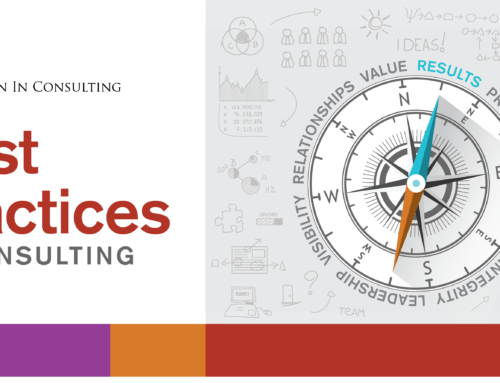I would have to say S-Corporations are my favorite entity. Why? Because the entity has many options and advantages. Some of the advantages are that they have a liability protection, if the business operates legitimately, as well as no double taxation with distributions and losses typically reduce other personal income. Here is a checklist that every S-corp owner needs to review and understand:
General:
□ Must have a Board of Directors and Officers. This can be 1 person. The Officers are involved in the daily activity of running the business and MUST be on payroll.
□ The corporation MUST have annual minutes.
□ Shareholders are required to track their basis each year. If you don’t know what this is, check with Admin Books.
Officer Payroll and Contractor Payments:
□ Payroll for the officers MUST be reasonable. If line 7 of the tax return is small or zero, the IRS will dig further.
□ Separate out Officer Wages from employee wages on your financial statements.
□ Make sure you get tax identification numbers on all independent contractors. Have each contractor fill out a W-9, sign an agreement, invoice you and they MUST have a business license. Don’t forget the 1099 due every January for the previous year worked.
Insurance:
□ If the business pays for health insurance premiums for the owners, the amount MUST be included in box 1 of the W-2. Make sure the payroll and insurance amount is reflected in the Officer Gross Wages line of your financial statements.
□ If you pay health insurance for your employees, there is a nice credit you can take on your business return if you qualify. You must have less than 25 employees, making an average of $50,000 or less per year.
□ Life insurance IS NOT a deduction for the business when a shareholder owns more than 2% of the company.
Bank and Credit Card Accounts:
□ Have SEPARATE bank and credit card accounts for business transactions and personal transactions; DO NOT CO-MINGLE personal and business expenses.
□ If there are deposits in the bank account that did not come from customers/clients, make sure these loans are posted on the balance sheet and NOT in your income total.
□ Reconcile all bank and credit card accounts through the end of the year so there are no un-cleared transactions in the register. If there are, your income or expenses can be overstated, meaning they are wrong!
Business Expenses:
□ If the owners use their home exclusively and regularly for business, they can deduct expenses for a home office. Add up what is paid in rent, utilities, HOA and insurance. No deduction is taken for mortgage interest or property taxes – these are taken on the personal return.
□ Auto deductions are based upon the percentage used for business. It is best to track your actual costs (gas, repairs, insurance) with the miles driven.
□ Charitable contributions are deducted at the personal level, not at the corporate level.
□ Review the travel expenses. Make sure you separate out any personal travel. Count every travel day that you worked more than 4 hours. Save any books/handouts from conferences.
□ All meals are 50% deductible, even those meals that were eaten on a business trip.
□ You cannot claim a “bad debt” expense if you did not file a tax return showing it as income originally.
□ When you pull a Profit and Loss statement in QuickBooks, what amount shows on the “Net Ordinary Income” line? If it is a large profit, you need to strategize. Modify the report to compare with last year’s numbers to get an idea of what the current year will be.
Assets and Liabilities:
□ Know when to depreciate assets over a period of years (3, 5, 7) or when to take the deduction all in one year. For 2013, the total amount that can be taken is $159,000. The assets must be new, not used.
□ If the shareholder loans the company money, there must be a signed note showing this agreement. If the note is over $10,000, interest must be paid and a 1099-INT document needs to be issued.
If you need bookkeeping assistance Admin Books can review and clean up your QuickBooks file so it’s ready for the tax return!
Image source: 123rf.com/profile_photobuay







